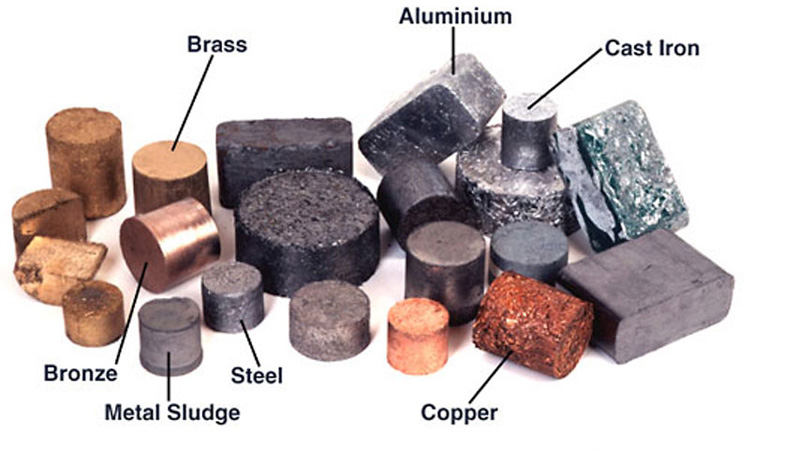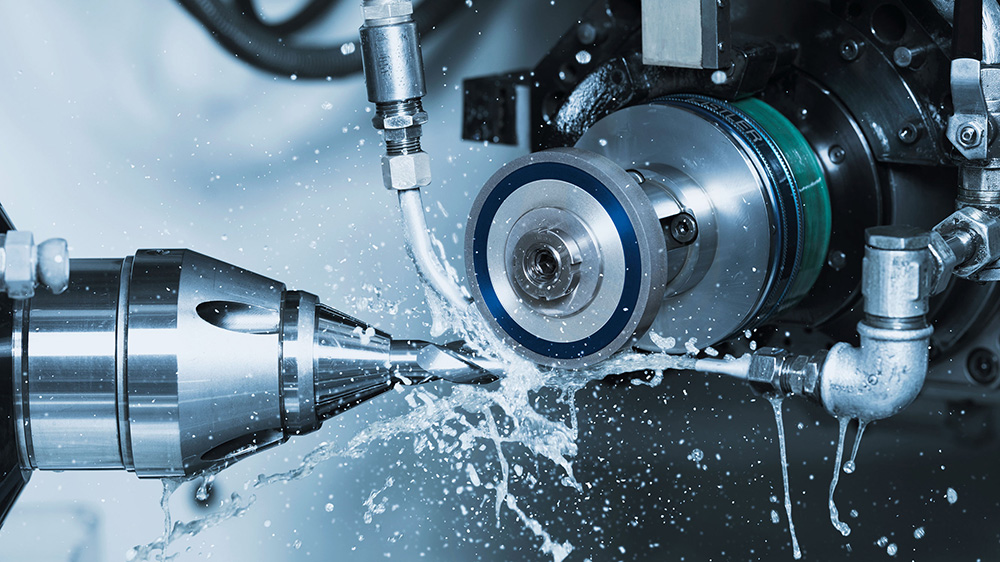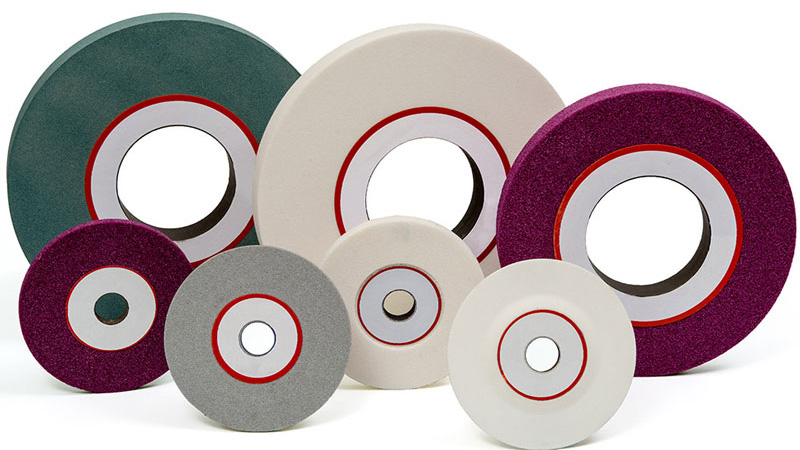Aren’t you satisfied with your grinding wheel performance? Your concern is appreciated! Because many people have been performing grinding tasks for years without noticing the finishing level of their workpieces.
So, if you are looking for a suitable grinding wheel to upgrade the final looks of your products, no worries. This blog will thoroughly discuss all the important factors you must consider before choosing a grinding wheel. So enjoy learning!
1) Important Factors In Choosing The Right Grinding Wheel
Choosing the right grinding wheel is difficult until you don’t understand the concept behind the grinding scene because plenty of factors are used to collaborate in finalising the look of a workpiece. But don’t worry, it’s not as tough as you think. Let’s discuss all the important factors you must consider to make the right choice for a grinding wheel.
i)Type and properties of workpiece
ii) Type of Bond
iii) Compatible grit size
iv) Speed of the grinder
v) Use of coolant
vi) Consider the work environment
vii) Shape of the grinding wheel
viii) Diameter and thickness of the grinding wheel
I)Type And Properties Of Workpiece

First, consider the type of material you will grind because grinding wheels show different performance levels with different types of materials. For example, you can use the grinding wheel with aluminium oxide grains if you are grinding ferrous metal, steel or steel alloys. You can use the Silicon carbide grain wheel if your workpiece is non-metallic, non-ferrous or cast iron.
This selection is not only limited to the type of metal but also depends upon the hardness and softness of the material. For instance, if the subject is so hard to grind (where aluminium and silicon carbide grains fail to perform), you can use ceramic and super abrasive grains to achieve high-quality finishing.
Apart from this, harder grades are used for easy-to-grind material, so the grinding wheel may not be fully consumed before the grinding process is completed. But if the workpiece is hard to grind, use a soft grade to achieve maximum sharpness.
Grain Type | Hardness of material | Type of material to be machines |
| CBN ( cubic boron nitride) | Very high | Carburising steel, bearing steel, tool steel, stainless steel, etc. |
| Electrocorundum | high | Malleable cast iron, non-ferrous metal, chrome alloys, etc. |
| Diamond | Very high | Sintered carbide, ceramic, ferrite, silicon, natural stones, etc. |
| Silicon carbide | high | Plastic, leather, rubber |
ii) Type Of Bond
Buy Customized Grinding Wheel
“Bond is a material used to combine abrasive grains to enhance their cutting efficiency.”
You know, abrasive grains of the wheel shred while grinding; likewise, bond material also breaks during the grinding process and replaces the older bonds and grains to expose the new and sharper ones. Well! In conventional grinding, there are four basic types of bonds:
i) Vitrified bond: Vitrified bond is a mashup of different types of clays, feldspar or other ceramic material. Grains and bonds are melted together into the glass form in a high-temperature kiln of grinding wheels. This glass form is then cooled to combine grains.
Moreover, the vitrified bonds are very strong, rigid, and porous, so you can choose a vitrified bonded wheel if you want a high grinding rate with maximum accuracy.
ii) Resinoid bond: These organic bonds are used for rapid stock removal with high finishing in foundries, billet shops, fabrication shops, etc.
iii) Rubber bond ( organic): These bonds are specifically for items that require high finishing, such as ball bearing and roller bearing races.
iv) Metal bond: These are the powdered metals or cubic boron nitride compounds. Metal bond wheels are exceptionally strong and ideal for grinding composites, glass, and metals.
Iii) Compatible Grit Size

“The size of the individual abrasive grain on the grinding wheel is called grit size.”
Grit size ranges from 8 grit ( 8 grains per inch of the grinding wheel) to 200+ grit ( 200 grains per inch of the grinding wheel). The lower the grit size, the coarser will be the grade, whereas a higher grit size corresponds to fine grading.
| Grit Quality | Grit size | Type of task |
| Coarse | 8-24 | For rapid stock removal |
| Medium | 30-60 | For intermediate finishing |
| Fine | 70-180 | For precise smoothness |
| Very fine | 200+ | For ultra-fine finishing and polishing |
Iv) Speed Of The Grinder
Additionally, to get an estimate, you can check out the surface speed of a grinding wheel by using the equation:
Surface speed (SFPM) = ( π * Diameter (inch) * RPM )/12
Surface speed (m/s) = (π * Diameter (mm) * RPM )/60000
Generally, 8500 SFPM or below is associated with vitrified and organic bond types. To achieve the expected finishing, you must choose a wheel with a speed compatible with your material type.
V) Use Of Coolant

First, decide whether you will use a coolant ( a liquid used to reduce the amount generated by the grinding process) or not because the efficiency of the grinding wheel directly changes with the use of a coolant.
When a coolant is used, it lubricates the surface between the wheel and the workpiece, reducing the heat and friction between them. This results in less grain breakage and, finally, a harder grade. Likewise, without lubrication, the grinding wheel will be softer, and grains will break more quickly. So, figure out which wheel type is compatible with your product after lubrication and go with that.
Vi) Consider The Work Environment
Environmental conditions ( temperature, humidity, corrosive materials) play an important role in determining the efficiency of a grinding wheel. So, try to opt for the wheel that you feel is resistant to the environmental condition of your working area.
Vii) Shape Of The Grinding Wheel
Apart from strength, the shapes ( round, square, straight, cup, dish, mounted, etc.) of the grinding wheel are also specific for different materials. For example, if you are going to grind large surfaces or cylindrical items, use the straight wheel, or if you are going to grind heavy materials ( like granite and marble ), a cup-shaped wheel would be best.
Viii) The Diameter And Thickness Of The Grinding Wheel
Before finalising the grinding wheel, ensure the disc diameter and thickness are compatible with the grinder. Because of the wheel's unfit diameter and thickness, it will not be able to provide the expected flawless finishing, and it may fall off, causing a life-threatening accident.
Conclusion
To conclude this discussion, we can say that if you take the above-mentioned vital factors seriously, you will hopefully make a worthy choice for the grinding wheel. Yes! There’s no need to be confused; just consider your workpiece specification, such as softness, hardness, size, type of materials, etc., and make a confident choice.


